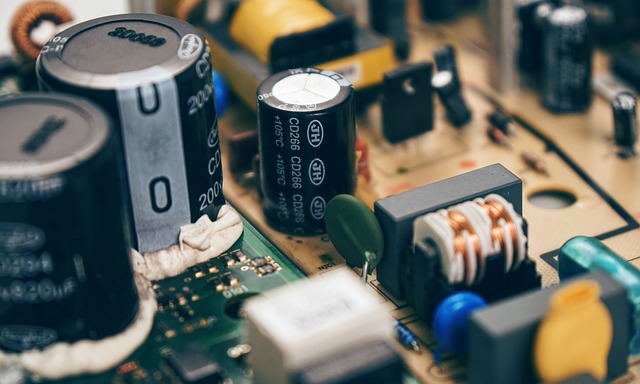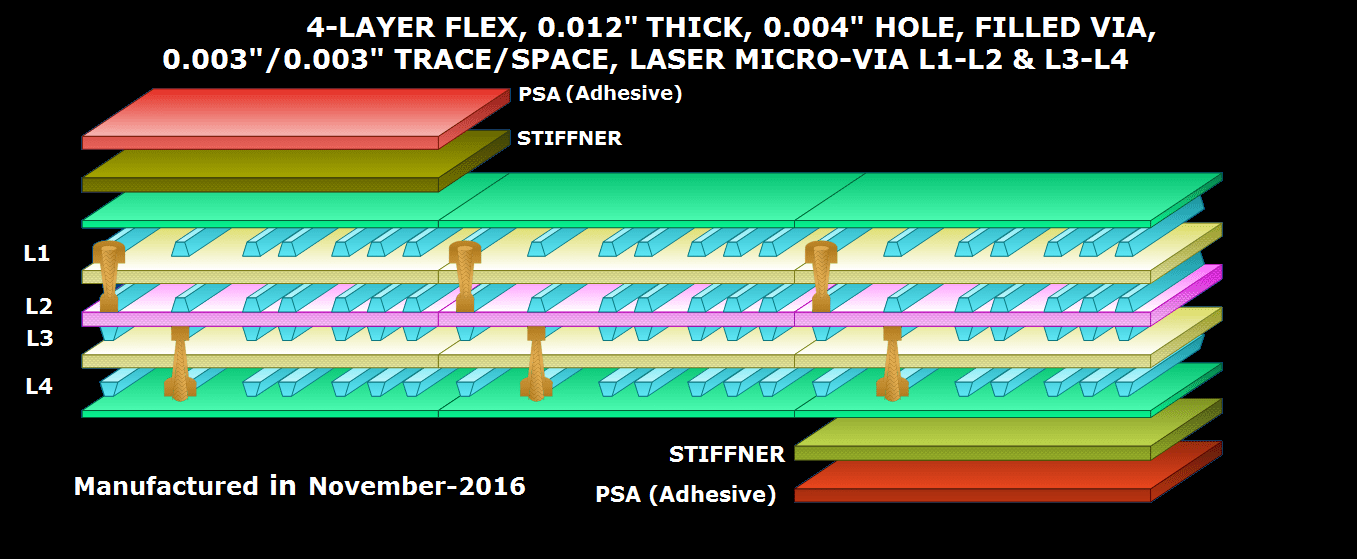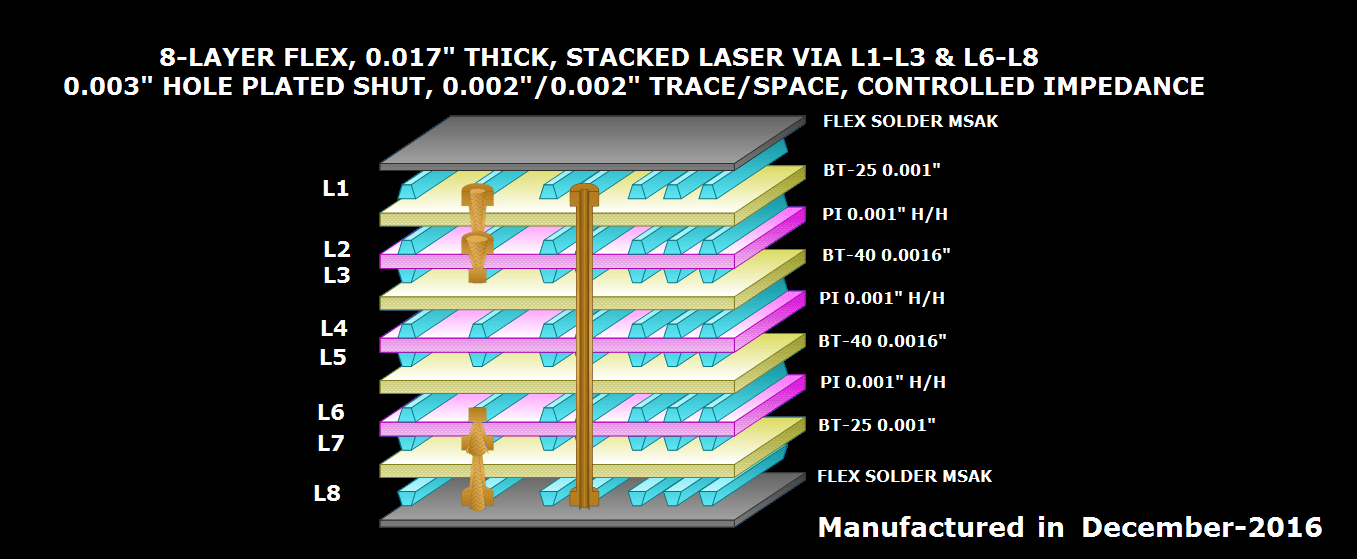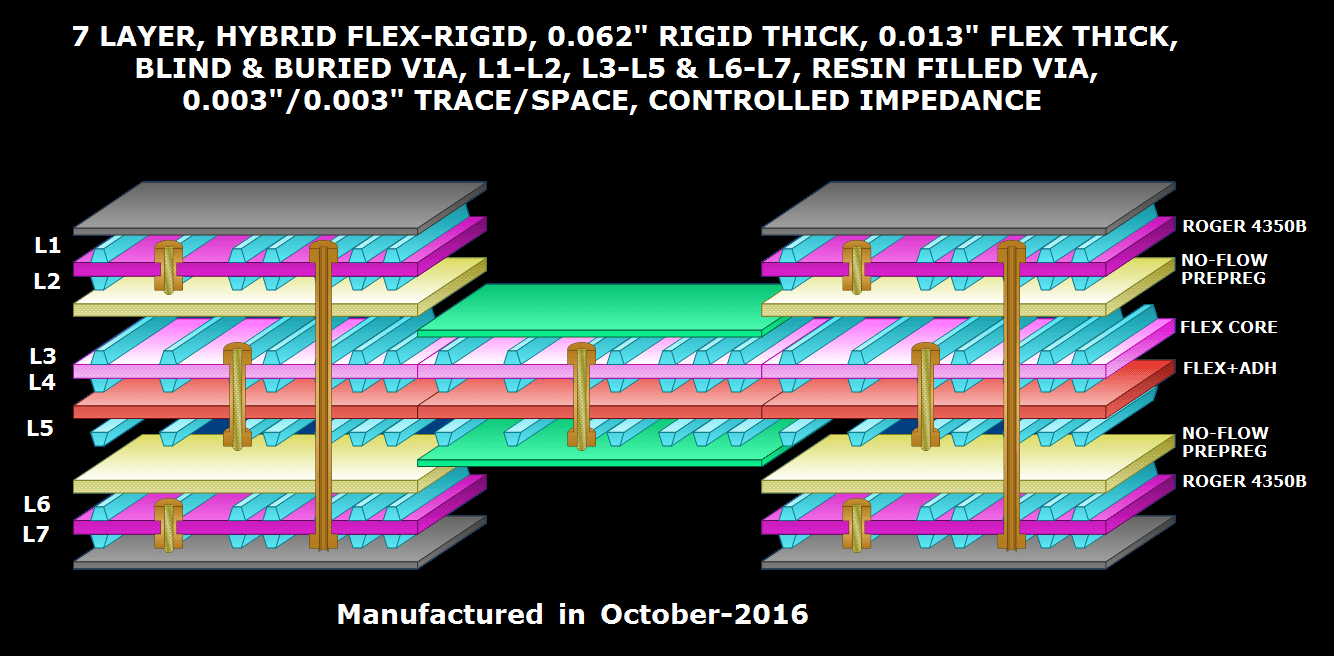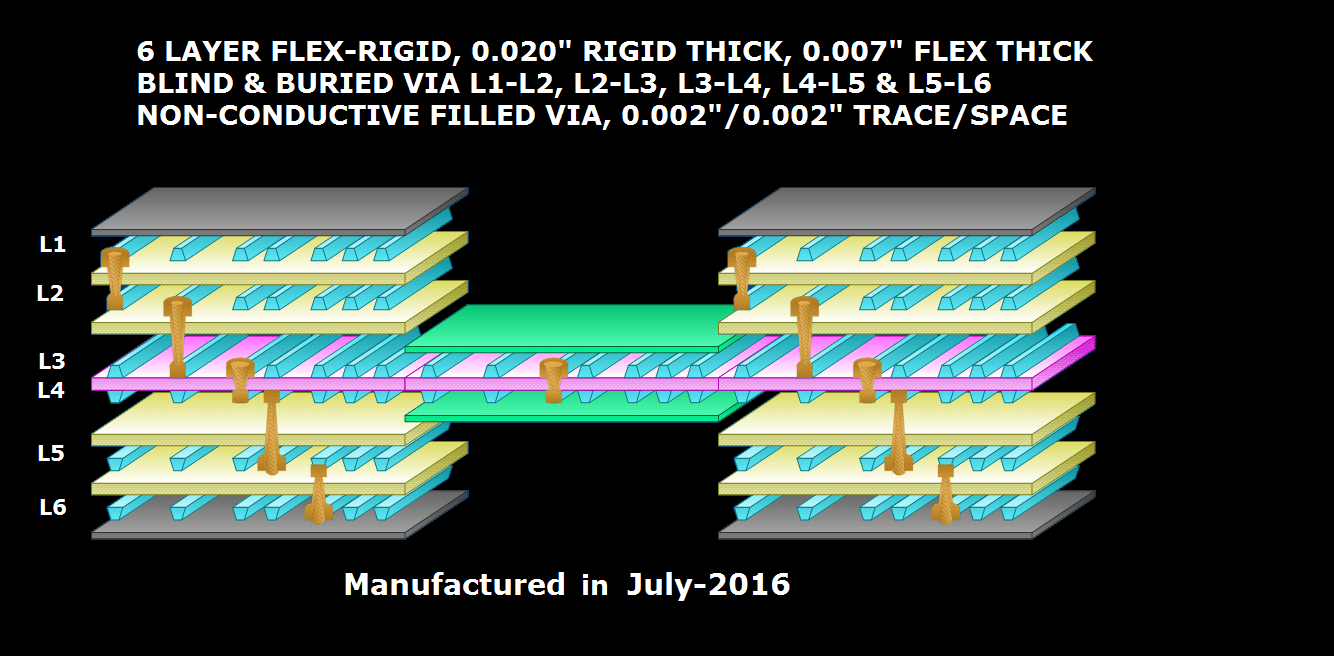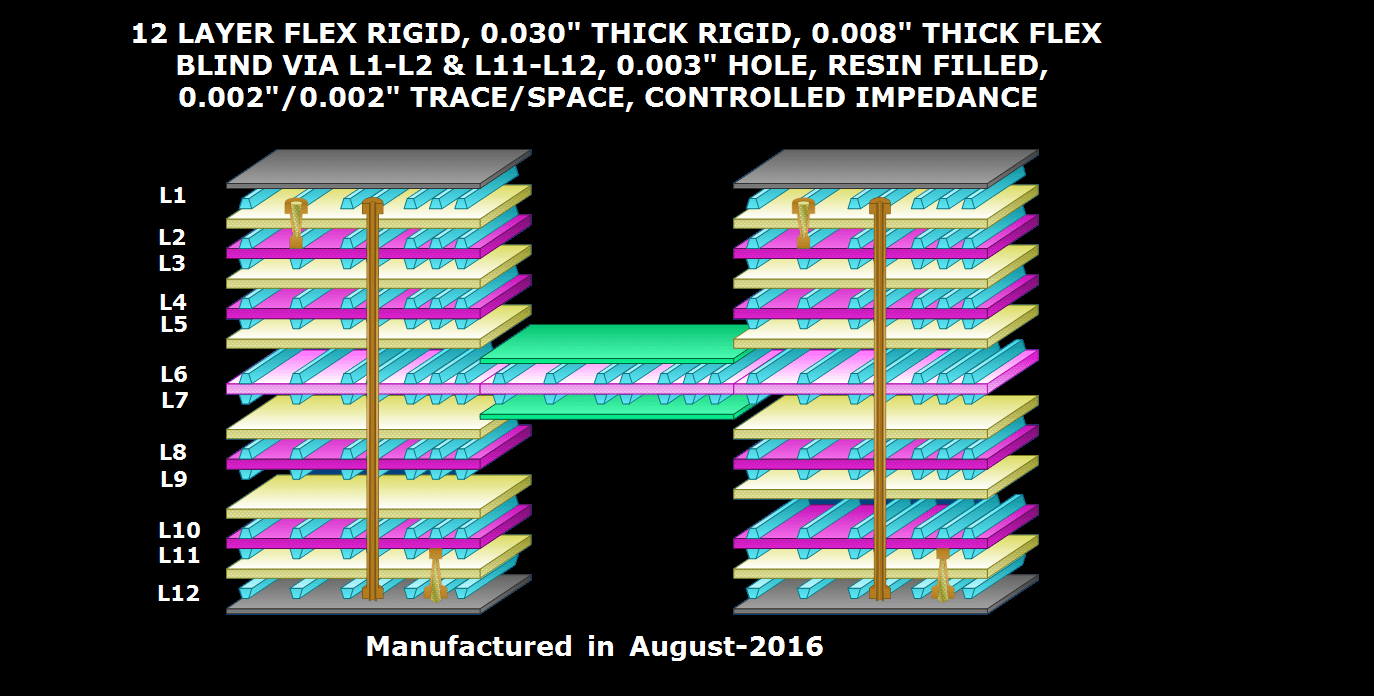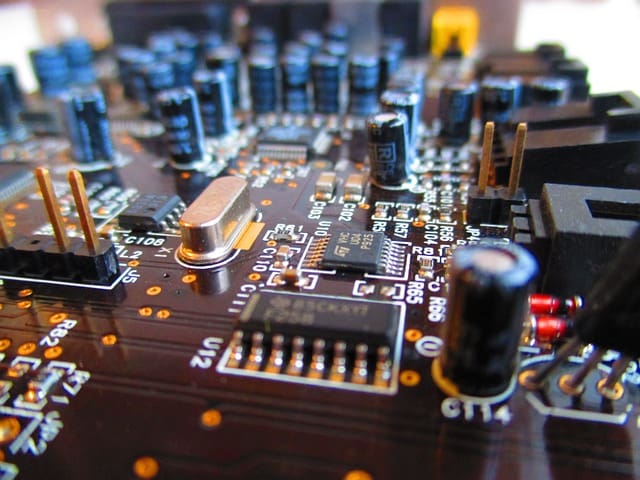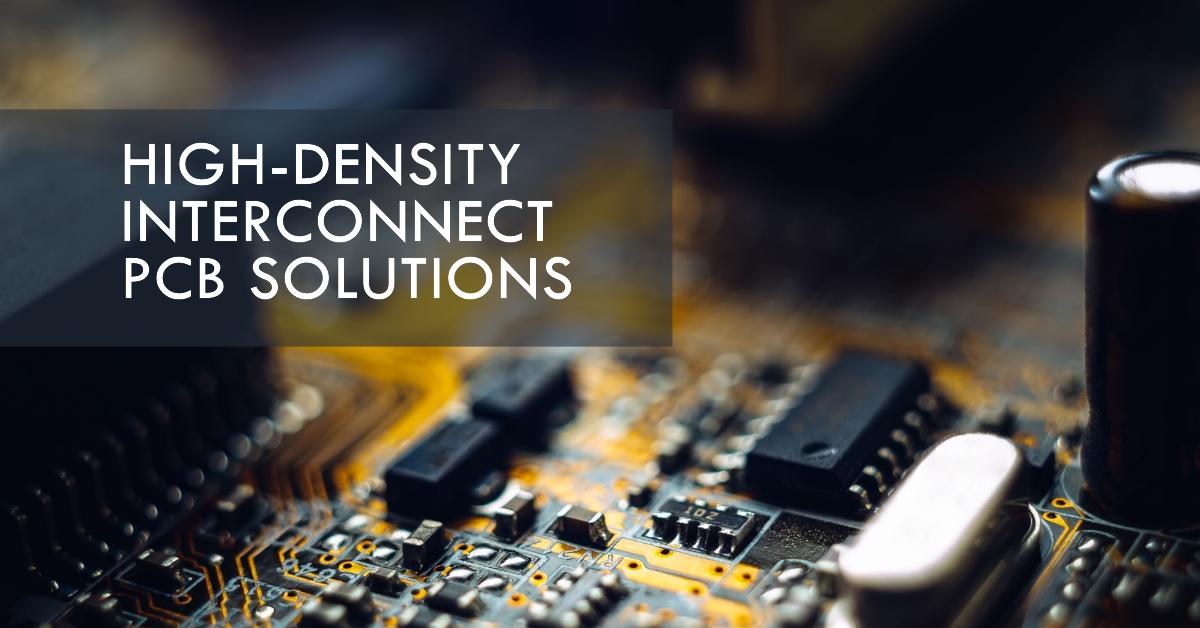Why Use High-Density Interconnect (HDI) PCBs?
HDI technology is necessary for making smaller PCBs, or when the component pitch is very small. At Rush Flex PCB, we use HDI PCB design techniques when it is necessary to mount high component densities on limited board space. In fact, the component density decides the number of connections per square inch of the board.
For instance, if the connections of all test points and parts divided by the size of the board are below 120–130 pins per square inch, it is not necessary to use HDI, unless you are using a dense BGA that requires all connections. High-density PCBs offer several advantages including:
Lightweight and Compact Sizing
The higher wiring density per unit area of the HDI PCB allows for mounting more components on a tiny board. Consequently, it typically leads to a smaller assembly useful for making devices like tiny, multifunctional medical devices, thin, powerful smartphones, and wearables.
Improved Signal Integrity
Via-in-pad and blind vias allow placing components closer to each other, thereby reducing the signal transmission path. Hence, this arrangement reduces or even eliminates the occurrence of signal reflections, resulting in improved signal quality throughout the circuit. Moreover, devices like phones and wearables operate with zero glitches because of the improved signal integrity.
Increase in Design Flexibility
Laser-drilled microvias provide high-density interlayer connections, facilitating routing paths for densely packed components with high pin counts, like BGAs.
Better Reliability and Performance
It is possible to mount several small active components to form a tight circuit on a small area, thereby increasing the board’s overall performance. Improved signal integrity helps to enhance reliability.
Supports Miniaturization of Electronics
As we can pack more functionality into a compact area of the PCB, HDI technology facilitates the miniaturization of end products such as wearables and mobile devices.
Potential Layer Count Reduction
With the efficient utilization of available routing area per layer, HDI technology potentially achieves the same component placement and circuit connectivity with fewer PCB layers compared to conventional designs. Furthermore, this also helps to lower fabrication costs.
